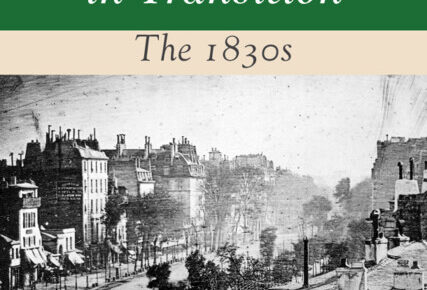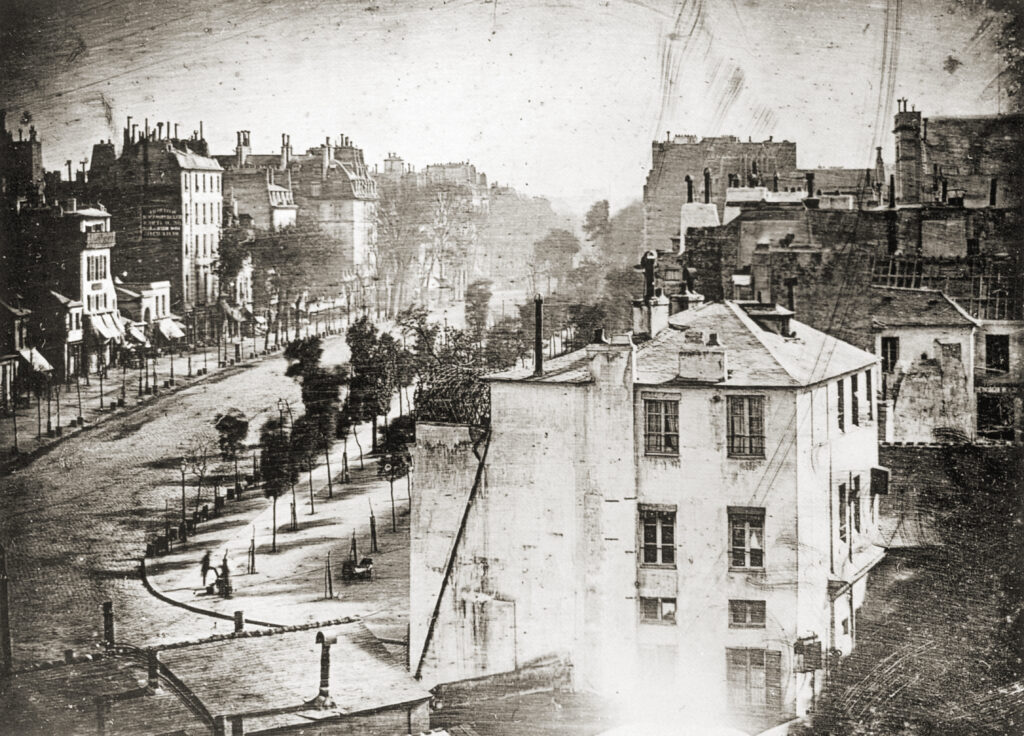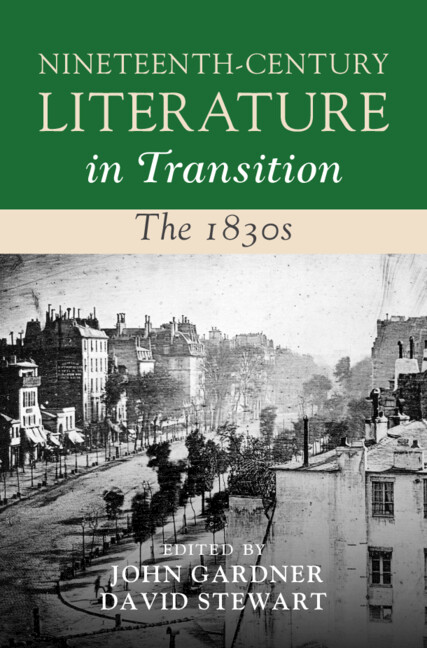
Not long after we submitted this book for production, Zadie Smith’s new novel, The Fraud, was published. It was something of a surprise, largely a welcome one, that it seemed to have so many references in common with the book we had just finished. The Fraud is Smith’s first historical novel. She focuses on a scandal of the 1870s, the case of the ‘Tichborne Claimant’, an outlandishly fraudulent attempt by a Wapping butcher washed up in Australia to claim the estates of an aristocratic English family. Smith ties this story together with that of the once-successful, now largely ignored, novelist William Harrison Ainsworth. The novel thinks through our present – crowds of the dispossessed fixating upon fraudulent populist leaders, those crowds whipped into frenzy by incoherent if compelling tales of injustice at the hands of shadowy elites and religious cabals, that frenzy spreading through the mob rather like a pandemic – through the fictional reimagining of largely forgotten history. The true scandal in The Fraud is a horror already in the 1870s presented as historical, something over and done with: slavery. It’s the intellectual and moral failure that claims slavery and empire are old news that makes the 1830s The Fraud’s centre of gravity. The novel shows us Ainsworth in the 30s entertaining his literary friends at self-congratulatory parties. These smug men – Dickens, Thackeray, Cruikshank, Maclise, and others – identify themselves as the rising generation, ready to take the ‘throne’, as one of them puts it, recently vacated by the Romantics, Walter Scott and Lord Byron. They are the men of a new generation, fitted to an age of improvement and progress. The abolition of slavery in the 1830s is one marker, in their eyes, of their superiority to an age that is over.
The novel becomes, or at least it seems so to us, something of an essay on the 1830s: the decade’s centrality, but also the difficulty we have of placing it or talking about. Perhaps The Fraud also recognises that the 1830s aren’t really over, or certainly not as over as some would like to think, including those in the 1830s who presented their own decade as a transition point. Smith’s novel is as roving and miscellaneous as any ‘loose, baggy monster’. In it we see Thackeray with his piggy nose, and also Robert Wedderburn, the Scots-Jamaican son of an enslaved woman, railing against those among the dispossessed who turn the other cheek to those who offer them injustice. The crowds of working-class people who hear him seem at times to think that the real issue is class, not race. One island, Great Britain, becomes the twin, or perhaps the cousin, of another island, Jamaica. The Jamaican rising of 1831 rather upsets the liberal men, the rising writers of a new generation, who prefer to think of their decade as one of safe and sober reform. Dickens seems to be everywhere in the novel, and yet he is rather shadowy, difficult to fix. Dickens, Ainsworth, and Ainsworth’s cousin Eliza Touchet, the central figure in the book, visit Maguerite Gardiner, the Countess of Blessington, the Irish novelist and author of a memoir of Lord Byron. Blessington is a figure of fun, always dropping Byron’s name. But Blessington and Byron remain important in the emerging Victorian era: Smith gives us the hint in that her hero, Eliza Touchet, has memorised most of Don Juan.This is, or should be, a decade of middle-class triumph following the 1832 Reform Act. But the aristocracy remain central to the British self-image in the 1830s, as indeed they do in the 2020s. Byron’s quip about the aristocracy in Beppo, ‘twenty Score/ Of well-bred persons called “The World”’, feels absurd and yet quite right. The Fraud covers Australia, Jamaica, Scotland, Ireland, and England, and yet it is the power held by those families, power underpinned by the wealth produced by slavery, that makes the web that holds this world together. The coincidences that drive the plots of so many Victorian novels also drive Zadie Smith’s. But then the novel’s power resides, at least in part, by helping us see what coincides, what cannot be separated however much we might like to: fact and fiction; Trump and Dickens; pleasure and pain; slavery and literature; Jamaica and Britain; the 1830s and the 2020s.

It was surprising to find coincidences between our book and Zadie Smith’s. It was odd because, when we started, we didn’t think anyone was much interested in the 1830s. The 1830s has had two main images in the literary-historical imagination: as a decade of reform, and as a gap. Many literary studies and anthologies either begin or end in 1832, the year of the Reform Act. Romanticism is over, and a period of waiting begins before the Victorian age can truly begin.
We didn’t begin this project with a clear sense of what we wanted the book to contain or what its shape might be. But we were sure that the usual picture of the quiet, peaceful, reforming thirties was wrong. As we started to list events, inventions, writers, styles, forms, technologies, and places of the 1830s, we saw it instead as a bustling decade, full of life. We feel very lucky that our contributors gave us an understanding of the decade which was much richer even than that. Over a series of online meetings, we discussed what a book about the 1830s might do. That these online meetings covered such a range of time zones – early mornings in Ontario, pleasant late afternoon in Delhi, but rather late at night in Melbourne – felt apt. To adopt the language of photography, a technology that emerged in the decade and the subject of a chapter in the book, we found ourselves with a slowly developing image of the 1830s. It was an image of a busy thoroughfare rather than a vacant lot.
We hope the book gives some sense of that life, the sheer variety of literary and cultural experiment in the 1830s. The book surveys writing by women about new discoveries in geology, new technologies like the photograph and the railway that demanded new forms of imagination, working-class lithographs and newspapers, middle-class magazines and short fiction, historical novels about mobs led by populists and cholera epidemics, and Robert Wedderburn railing against those among the dispossessed who turn the other cheek to those who offer them injustice. Dickens seems at times to be everywhere in our book, and yet he is, for us as well as Zadie Smith, rather shadowy, difficult to fix. The book ranges across America, Jamaica, Australia, New Zealand, Demerara, South Africa, Chile, China, France, Ireland, Britain, and elsewhere: the 1830s was, no doubt about it, a global decade in ways that are unsettling as much as exciting. It was a decade much concerned with assessing itself because it was so unsure of itself, and the diverse cultural forms developed in the thirties are, we think, worth prizing.
The image on the cover of our book is a daguerreotype from 1838. It depicts a Paris street, the Boulevard du Temple: the Boulevard du Crime of Marcel Carné’s enduring 1945 film Les Enfants Du Paradis, which is also set in the 1830s. Louis Daguerre’s image contains the first fixed picture of people: a man standing over a worker shining his shoes: the class system in action. Exposure times were around 10 minutes in the 1830s when Daguerre patented his invention. The street was full of moving life – horses, cats, people – that moved too quickly for the technology to fix. And yet they are there on Daguerre’s plate. It requires an act of imagination – of fiction – to see them. The diverse methods the chapters in Nineteenth-Century Literature in Transition: The 1830s take are our attempts to help readers imagine the life of a decade that remains curiously, undeservedly, marginal to literary studies. We hope that the book will inspire others to bring into focus the figures that we did not have space to discuss in this book. We hope readers will, like us, start to see the 1830s as a central pivot in the nineteenth century, part of the meaning of today’s world.

Latest Comments
Have your say!